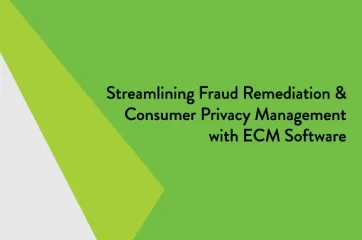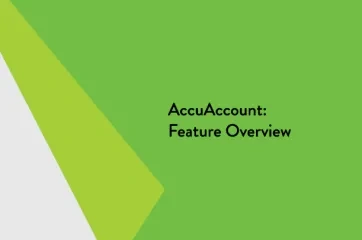Contactless Payments
Contactless payments refer to transactions where a consumer makes a payment for goods or services by simply tapping or waving their contactless-enabled card, mobile phone, or wearable device near a contactless-enabled terminal. These transactions use near-field communication (NFC) technology to securely transmit payment information wirelessly between the device and the terminal. Key features of contactless payments include:
Speed and Convenience:
Contactless payments are faster than traditional methods like inserting a card or entering a PIN. They enable quick and efficient transactions, reducing checkout times for consumers and improving operational efficiency for merchants.
Security:
Contactless payments use encryption and tokenization to protect payment information. They typically have similar or enhanced security features compared to traditional chip-based card transactions, such as limits on transaction amounts and requirements for authentication.
Compatibility:
Contactless payment technology is widely supported by banks, financial institutions, and merchants globally. Most new debit and credit cards issued today are contactless-enabled, and mobile payment apps on smartphones also support NFC for contactless transactions.
Limits and Authentication:
Depending on the region and the payment provider, contactless transactions may have limits on the maximum amount per transaction that can be made without additional verification (e.g., PIN entry). This varies by country and provider to balance convenience and security.
Growing Adoption:
Contactless payments have seen significant adoption, particularly in recent years, driven by consumer demand for faster and more convenient payment methods, as well as by advancements in technology and infrastructure.
Overall, contactless payments offer a seamless and secure way for consumers to make transactions in-store, at transit points, and in various other retail environments, contributing to the evolution of digital payment solutions and the shift towards a cashless society in many parts of the world.








